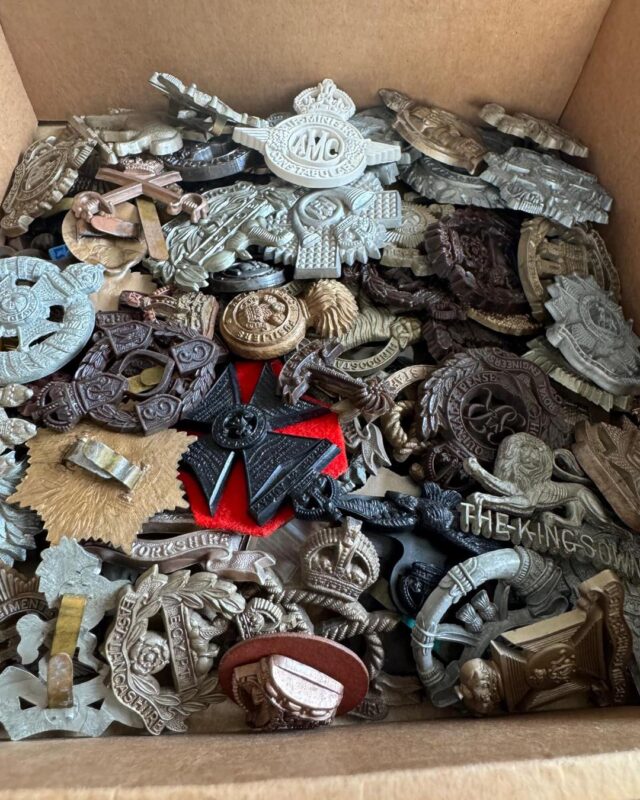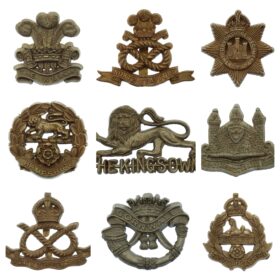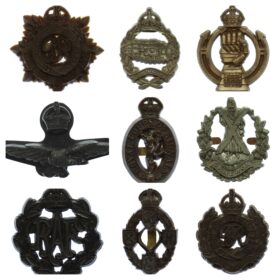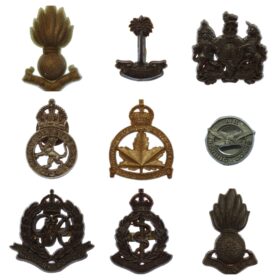Uncategorized
we’re listing WW2 economy badges today
Why they were made:
-
During the Second World War, Britain needed to conserve metals like brass, copper, and white metal for the war effort.
-
To reduce costs and save resources, many regimental cap badges and insignia were manufactured from non-metallic materials.
-
This led to the introduction of the so-called “Plastic Economy Badges”, first appearing around 1941.
Materials & Manufacture:
-
Usually made from moulded phenolic resin (similar to Bakelite).
-
Produced by firms such as A. Stanley & Sons, London and J.R. Gaunt & Son, with some badges marked on the reverse.
-
Lightweight compared to their metal counterparts.
Designs:
-
Most follow the same patterns as the standard metal badges, though some detail was lost in the moulding process.
-
Fitted with simple blades or lugs on the back for attachment to the cap.
Use in Service:
-
Issued to soldiers in both the Army and certain Home Guard units.
-
Generally unpopular with troops because they were fragile and could break easily.
-
Some soldiers even discarded them or privately purchased metal versions.






